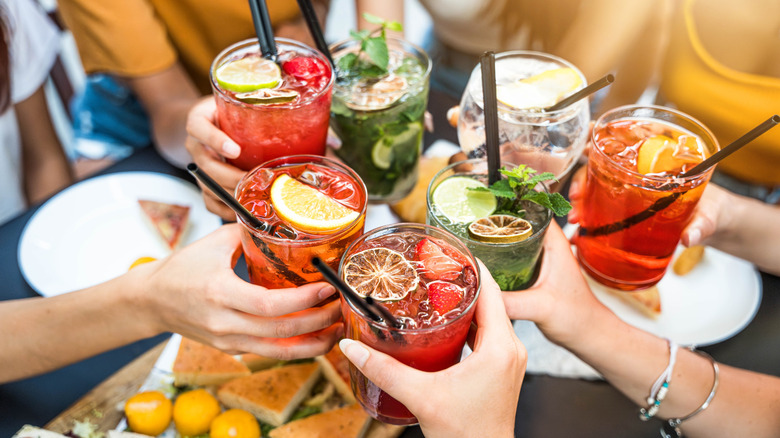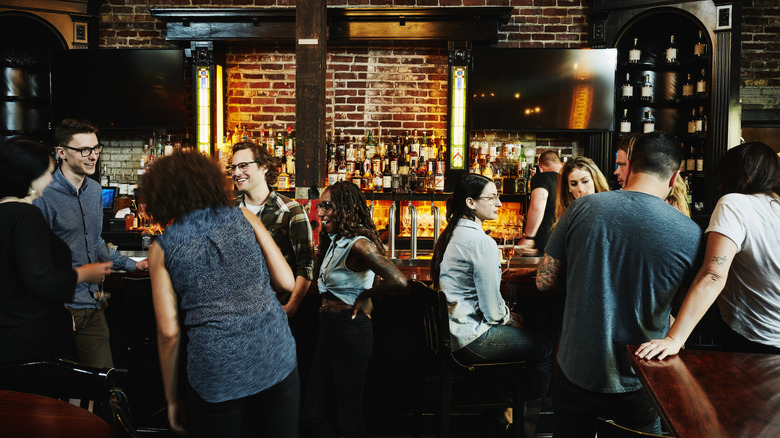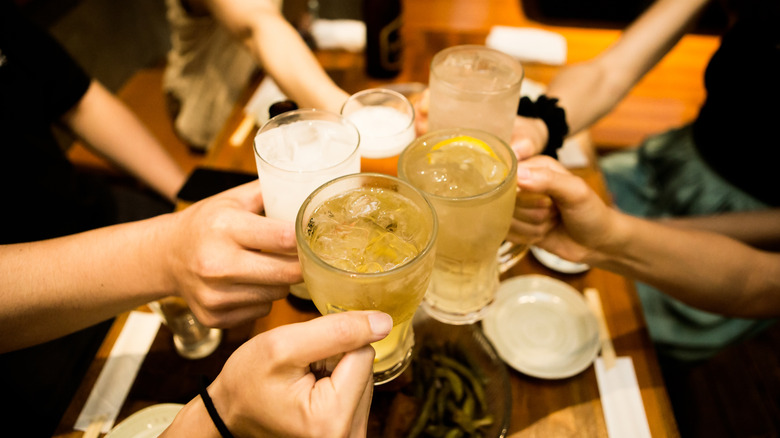Why Many U.S. States Have Outright Banned Happy Hour
Picture this: You've just wrapped up a long day, and the thought of a discounted margarita or half-price wings is all that keeps you going. But in certain U.S. states, happy hour might be nothing more than a pipe dream. In fact, several states have outright banned this beloved tradition. Why? It's not because they dislike fun (though some might argue otherwise). Instead, these bans are rooted in a unique mix of safety concerns, economic regulations, and cultural quirks.
From Massachusetts to Alaska, happy hour bans reflect America's complicated relationship with alcohol. While chain restaurants like Applebee's, which leans into its dual-brand dining concept with IHOP, embrace happy hour in many states, others won't even let the clock strike discount time. And yet, happy hour has become more than just a post-work indulgence, it's a cultural institution tied to ideas of community and relaxation. So why have some states refused to let the happy hour tradition thrive? Let's grab full-priced drink and find out.
Why happy hour is banned in some states
The story of happy hour bans begins in the 1980s, an era of growing awareness about drunk driving. Organizations like Mothers Against Drunk Driving (MADD) played a significant role in advocating for legislation to reduce alcohol-related accidents. Eight states outright banned happy hour, citing research that linked drink specials to excessive alcohol consumption and impaired driving: Alaska, Indiana, Massachusetts, North Carolina, Oklahoma, Rhode Island, Utah, and Vermont. These bans aimed to curb binge drinking and protect public safety.
The laws were largely influenced by data from that time, which showed that discounted drinks often encouraged overconsumption during peak hours. Offering cheaper alcohol seemed to incentivize risky behavior, including drunk driving, leading some states to act swiftly to mitigate these risks. While some banned happy hour entirely, other states like Illinois imposed restrictions such as limiting drink specials to specific times and prohibiting unlimited alcohol offers.
Interestingly, these restrictions didn't completely erase post-work drink culture. Restaurants like Red Lobster have leaned into snack specials and discounts on non-alcoholic beverages to attract crowds, who often end up ordering full-priced drinks anyway. This workaround reflects the hospitality industry's resilience in adapting to regulations while still meeting customer demand. Meanwhile, mocktails and alcohol-free happy hour alternatives are on the rise, appealing to a growing number of health-conscious consumers.
The cultural impact of happy hour bans
Beyond public safety, happy hour bans reveal deeper cultural and economic dynamics. In states where happy hour is outlawed, bars and restaurants have had to innovate. Some offer extended food specials, while others emphasize entertainment options like trivia nights or live music to draw in customers. These bans also highlight the diversity of America's alcohol laws, which can vary drastically from state to state.
Globally, happy hour plays a different role. In countries like Japan, izakaya culture embraces discounted drinks and small plates as an integral part of socializing. In Europe, pub culture thrives on communal gatherings during off-peak hours. By contrast, U.S. bans create a patchwork of policies that reflect varying regional attitudes toward alcohol consumption.
Even so, the enduring popularity of happy hour in states without bans underscores its cultural significance. The concept isn't just about discounts; it's about community, unwinding, and finding small joys after a long day. And for those lamenting the lack of discounted drinks, there's always hope that the laws might someday evolve. Until then, you might just have to settle for complaining about being "too broke for office happy hours."


